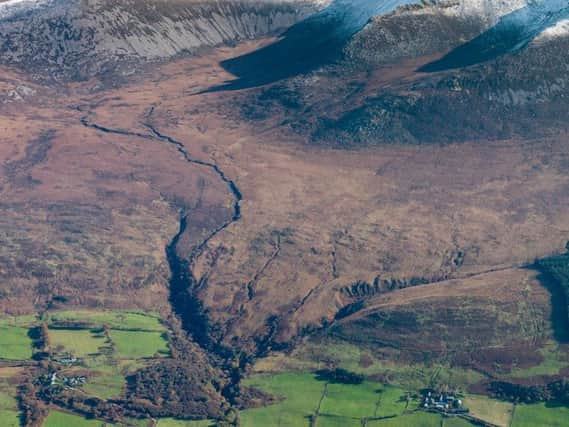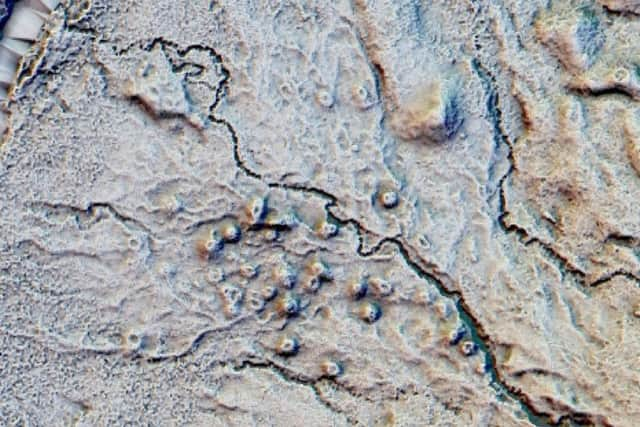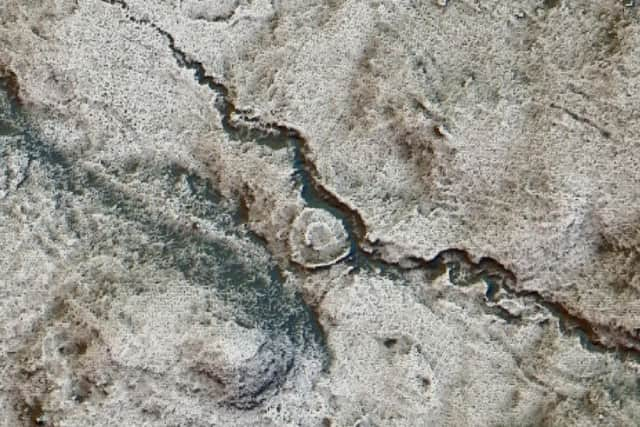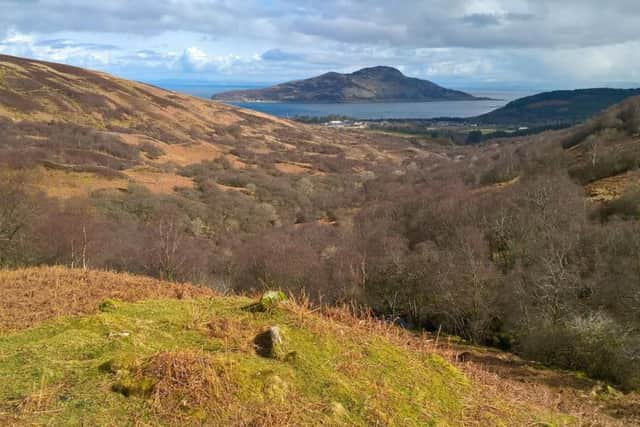1,000 lost ancient sites found on Scottish island


The project, undertaken by archaeologists at Historic Environment Scotland (HES), used airborne laser scanning, also known as lidar, to document the land surface in 3D.
Prehistoric settlements, medieval farmsteads and a Neolithic cursus monument - an exceptionally rare find on the west coast of Scotland - are among the finds made.


Advertisement
Hide AdAdvertisement
Hide AdHeritage chiefs believe "tens of thousands" more sites could be found using the technology.
Dave Cowley, Rapid Archaeological Mapping Manager at HES, said: “This survey has shown us that there are double the number of ancient monuments on Arran than we previously knew about.
"We have been able to see how densely settled parts of Arran were, and the medieval and post-medieval shieling sites that were discovered have told us how upland areas were used by shepherds.


“This is an exciting time to be involved in the development of remote sensing and archaeological mapping.
"We are exploring the benefits of new technology and new datasets to record Scotland’s historic environment and inform our knowledge of the past.
"As a result, we are enriching the information through which we tell Scotland’s story. And Arran is just a first step. As this technology become more widely available, we expect to find tens of thousands more ancient sites across the rest of Scotland – working at a pace that was unimaginable a few years ago.”
The lidar data is available from the Scottish Government Remote Sensing Portal.


Shona Nicol, Head of the Geographical Information Science and Analysis team, said: “It is great to see HES making such exciting use of the increasing amount of remote sensing data becoming available which will help to play a part in keeping Scotland at the forefront in this field.”
The survey results are available to view on Canmore – Scotland’s National Record of the Historic Environment.
